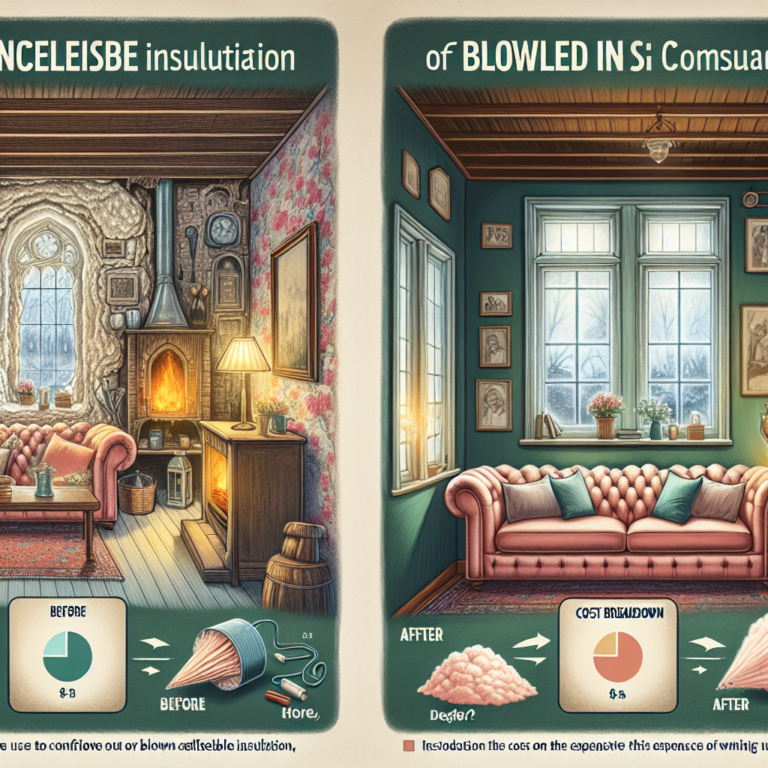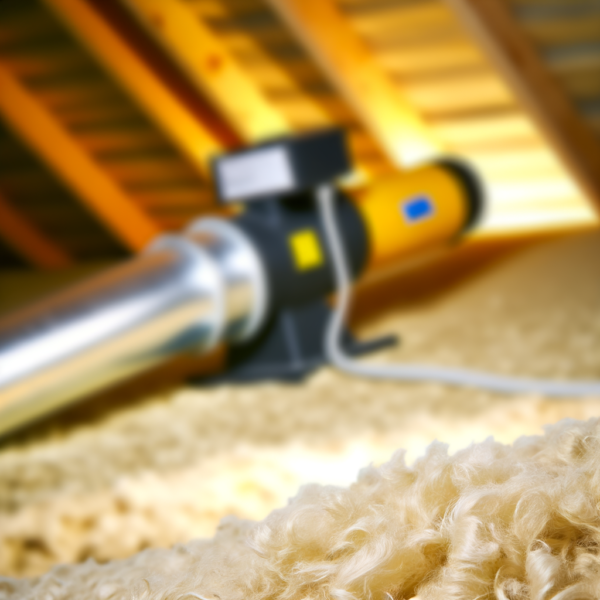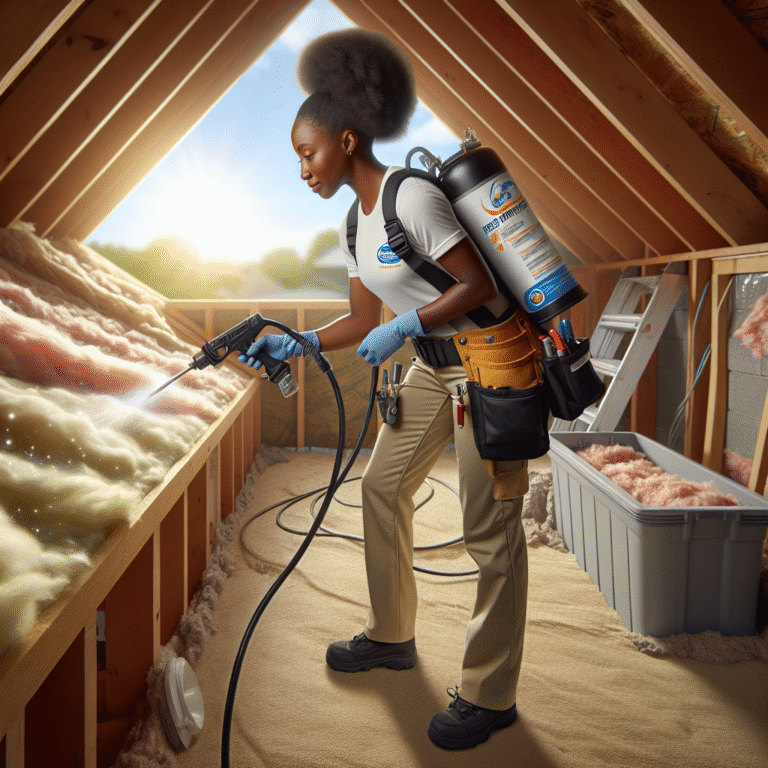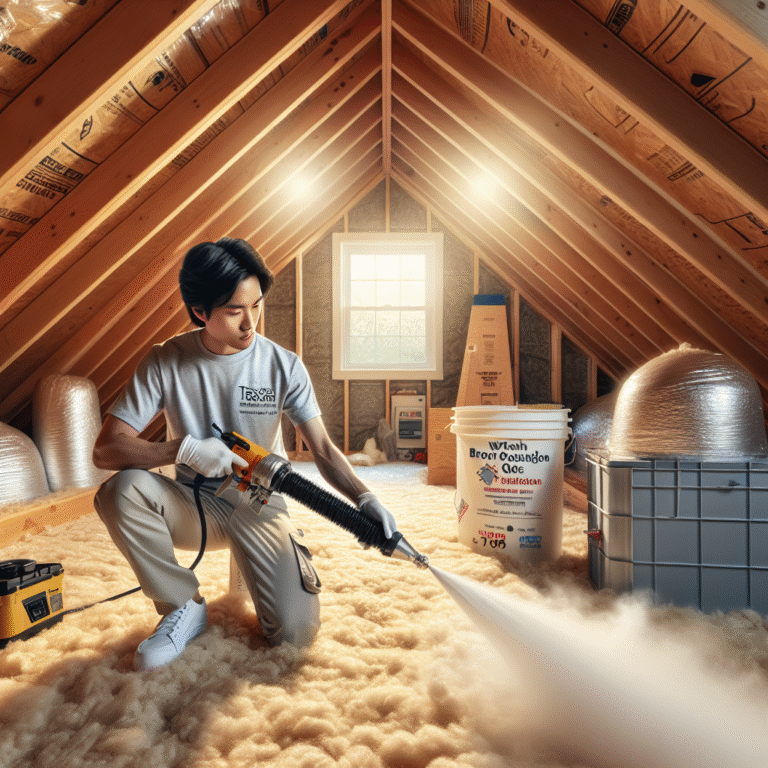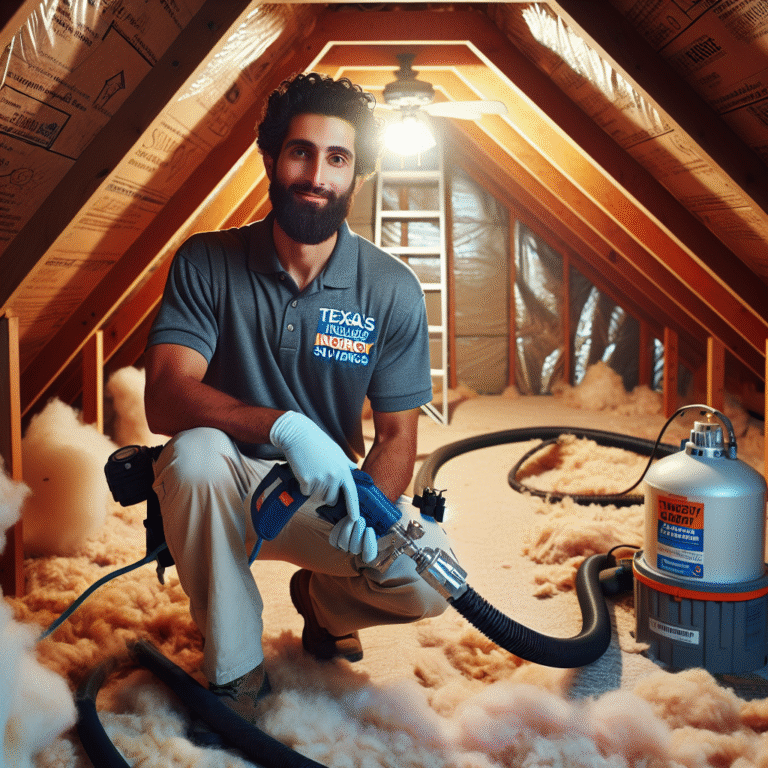-
Table of Contents
Efficient, Reliable, and Affordable Attic Installation in Houston 11 – Comfort Starts at the Top!
Upgrade your home’s energy efficiency today with our expert Attic Installation Process in Houston! Trust the professionals to keep your home comfortable year-round.
Schedule Your Attic Installation Now
Introduction
Attic installation in Houston involves a detailed process tailored to the region’s hot and humid climate. Proper attic insulation is essential for enhancing energy efficiency, reducing utility bills, and maintaining indoor comfort throughout the year. The installation process typically includes assessing the current insulation, sealing air leaks, selecting the appropriate insulation material—such as fiberglass, cellulose, or spray foam—and professionally installing it to meet local building codes and energy standards. In Houston, where temperatures can soar, effective attic insulation plays a crucial role in minimizing heat transfer and improving overall home performance.
Understanding The Attic Insulation Process In Houston For Maximum Energy Savings
Understanding the attic insulation process in Houston is essential for homeowners seeking to maximize energy savings and improve indoor comfort. Given the region’s hot and humid climate, proper insulation plays a critical role in maintaining consistent indoor temperatures and reducing the strain on HVAC systems. By comprehending each step of the insulation process, homeowners can make informed decisions that lead to long-term energy efficiency and cost savings.
The process begins with a thorough assessment of the existing attic conditions. A professional insulation contractor will inspect the attic space to evaluate current insulation levels, identify air leaks, and check for moisture issues or signs of pest infestation. This initial evaluation is crucial, as it determines whether old insulation needs to be removed or if it can be supplemented with new material. In many older Houston homes, insulation may have settled or deteriorated over time, significantly reducing its effectiveness.
Once the assessment is complete, the next step involves sealing air leaks. This is a vital component of the insulation process, as unsealed gaps and cracks can allow conditioned air to escape and hot, humid air to enter. Common areas for air leakage include around plumbing vents, electrical wiring, and attic hatches. By using caulk, spray foam, or weatherstripping, contractors can effectively seal these openings, thereby enhancing the overall performance of the insulation.
Following air sealing, the installation of new insulation material takes place. In Houston, the most commonly used types of attic insulation include fiberglass batts, blown-in cellulose, and spray foam. Each material has its own advantages, and the choice often depends on the specific needs of the home, budget considerations, and the desired R-value—a measure of thermal resistance. For instance, spray foam insulation offers superior air sealing properties and high R-values, making it an excellent choice for maximizing energy efficiency in Houston’s climate.
During installation, it is important to ensure that the insulation is evenly distributed and reaches the recommended depth for optimal performance. The U.S. Department of Energy recommends an R-value of R-30 to R-60 for attics in warm climates like Houston. Proper installation not only improves thermal resistance but also helps prevent issues such as moisture buildup and mold growth, which can be common in humid environments.
After the insulation is installed, a final inspection is conducted to verify that all areas have been adequately covered and that the attic ventilation remains unobstructed. Maintaining proper ventilation is essential to prevent heat and moisture buildup, which can compromise the effectiveness of the insulation and lead to structural damage over time. Ridge vents, soffit vents, and attic fans are often used to facilitate airflow and maintain a balanced attic environment.
In conclusion, understanding the attic insulation process in Houston involves more than simply adding new material. It requires a comprehensive approach that includes assessment, air sealing, material selection, proper installation, and ventilation management. By following these steps, homeowners can significantly enhance their home’s energy efficiency, reduce utility bills, and create a more comfortable living environment year-round.
Step-By-Step Guide To Attic Insulation Installation In Houston Homes
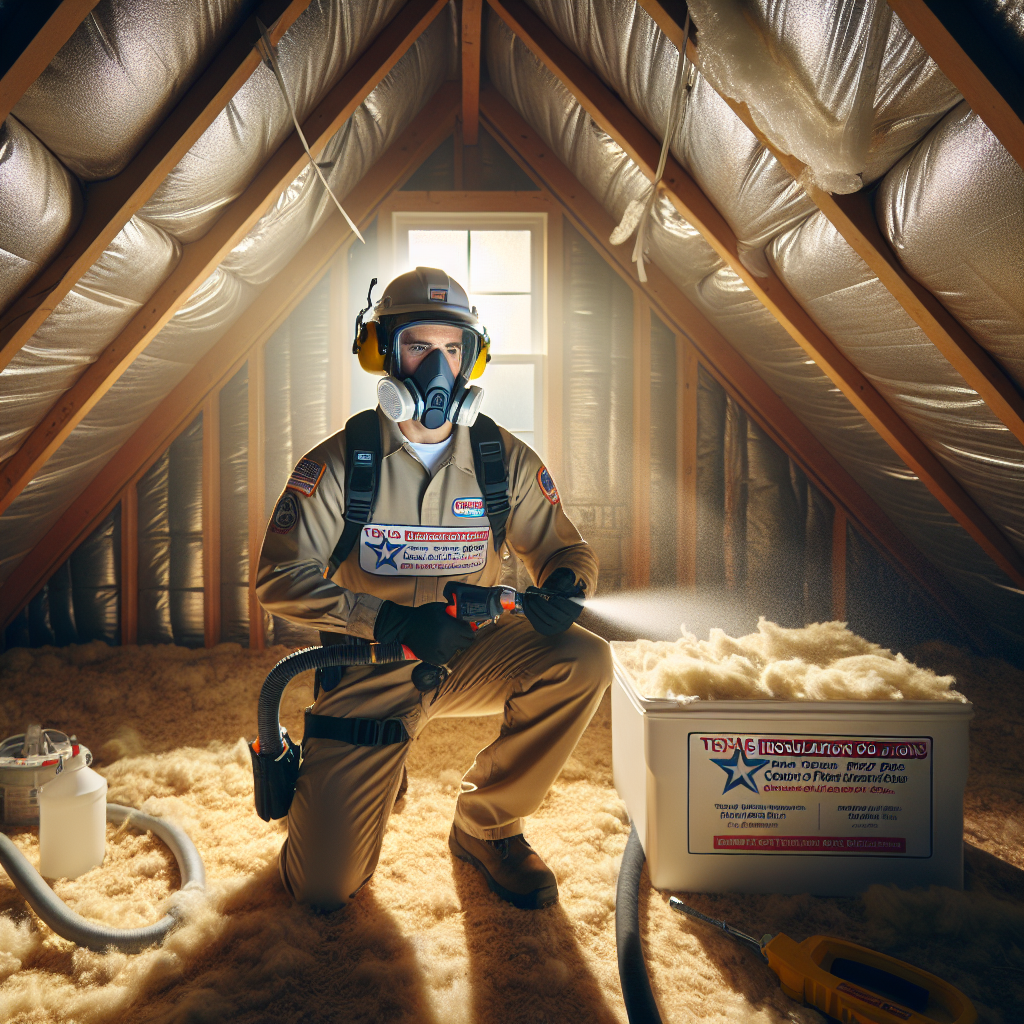
attic insulation plays a crucial role in maintaining energy efficiency and indoor comfort, particularly in a climate like Houston’s, where hot summers and mild winters dominate the year. Proper installation of attic insulation not only reduces energy bills but also enhances the overall performance of a home’s HVAC system. Understanding the step-by-step process of attic insulation installation is essential for homeowners who wish to ensure their homes are well-protected against temperature fluctuations and moisture issues.
The first step in the attic insulation installation process involves a thorough inspection and assessment of the existing attic space. This includes evaluating the current insulation levels, identifying any signs of moisture damage, mold, or pest infestations, and checking for air leaks or structural issues. In Houston, where humidity levels can be high, it is especially important to address any moisture-related concerns before proceeding. A professional contractor will typically use tools such as thermal imaging cameras and moisture meters to conduct a comprehensive evaluation.
Once the assessment is complete, the next phase involves preparing the attic for insulation. This preparation includes sealing all air leaks around vents, pipes, and electrical wiring using caulk or spray foam. Proper air sealing is critical, as it prevents conditioned air from escaping and unconditioned air from entering the home. Additionally, any damaged or old insulation that no longer performs effectively should be removed to make way for new materials. In some cases, this step may also involve repairing or reinforcing attic flooring or joists to ensure a safe and stable installation environment.
Following preparation, the selection of the appropriate insulation material is made based on the specific needs of the home and the local climate. In Houston, fiberglass batts, blown-in cellulose, and spray foam are commonly used insulation types. Each material offers distinct advantages; for instance, spray foam provides excellent air sealing properties, while blown-in cellulose is known for its eco-friendliness and ability to fill irregular spaces. The choice of material will depend on factors such as budget, desired R-value, and the configuration of the attic space.
With the material selected, the actual installation process begins. For fiberglass batts, installers carefully place the batts between attic joists, ensuring there are no gaps or compression that could reduce effectiveness. In the case of blown-in insulation, a machine is used to evenly distribute the material across the attic floor, achieving consistent coverage and depth. Spray foam insulation, on the other hand, is applied directly to the underside of the roof deck, expanding to fill cavities and create an airtight seal. Regardless of the method, it is essential that the insulation is installed to the recommended R-value for the Houston area, which typically ranges from R-30 to R-60.
After installation, a final inspection is conducted to verify that the insulation has been properly applied and that all areas are adequately covered. This step may also include checking ventilation systems to ensure that airflow is not obstructed, as proper ventilation is key to preventing moisture buildup and maintaining indoor air quality. Once the inspection is complete, homeowners can expect improved energy efficiency, enhanced comfort, and long-term savings on utility costs. By following this systematic approach, attic insulation installation in Houston homes can be both effective and enduring.
How Proper Attic Insulation In Houston Enhances Comfort And Energy Efficiency
In the dynamic climate of Houston, where hot summers and mild winters dominate the weather patterns, proper attic insulation plays a crucial role in enhancing both indoor comfort and energy efficiency. As temperatures soar during the summer months, homes without adequate insulation often struggle to maintain a consistent indoor temperature, leading to increased reliance on air conditioning systems. This not only results in higher energy consumption but also places unnecessary strain on HVAC units, potentially shortening their lifespan. By contrast, a well-insulated attic acts as a thermal barrier, reducing the amount of heat that enters the living space and thereby minimizing the need for constant cooling.
Moreover, during the cooler months, although brief in Houston, proper insulation helps retain indoor warmth, preventing heat from escaping through the attic. This dual functionality—keeping heat out in the summer and retaining it in the winter—makes attic insulation a year-round asset for homeowners. As a result, residents can enjoy a more stable and comfortable indoor environment regardless of external weather conditions. In addition to comfort, this thermal regulation translates directly into energy savings. When a home is properly insulated, HVAC systems operate more efficiently, cycling on and off less frequently. This efficiency not only reduces monthly utility bills but also contributes to a lower overall carbon footprint, aligning with broader environmental sustainability goals.
Another important aspect to consider is the impact of insulation on indoor air quality. In Houston’s humid climate, moisture control is essential to prevent mold growth and maintain healthy air inside the home. High-quality attic insulation, when installed correctly, can help manage humidity levels by reducing the infiltration of warm, moist air. This is particularly important in older homes, where gaps and cracks in the attic structure may allow for unwanted air exchange. By sealing these areas and installing appropriate insulation materials, homeowners can significantly improve the air quality within their living spaces.
Furthermore, proper attic insulation contributes to the structural integrity of the home. By regulating temperature and moisture levels, insulation helps prevent issues such as wood rot, condensation, and ice dam formation—though rare in Houston, these problems can still occur during unexpected cold snaps. Over time, these protective benefits can reduce the need for costly repairs and maintenance, making insulation a wise long-term investment.
It is also worth noting that the type of insulation used can influence its effectiveness. In Houston, materials such as spray foam, fiberglass batts, and blown-in cellulose are commonly used, each offering unique advantages depending on the specific needs of the home. A professional assessment can help determine the most suitable option, taking into account factors such as attic size, existing insulation, and ventilation requirements.
In conclusion, proper attic insulation in Houston is not merely a matter of comfort—it is a strategic enhancement that improves energy efficiency, supports healthier indoor environments, and protects the home’s structural components. By investing in high-quality insulation and ensuring it is installed correctly, homeowners can enjoy a more comfortable living space while also reaping long-term financial and environmental benefits.
Q&A
1. **Question:** What is the first step in the attic insulation installation process in Houston?
**Answer:** The first step is inspecting the attic for existing insulation, moisture issues, and air leaks to determine the appropriate insulation type and R-value.
2. **Question:** What types of insulation are commonly used in Houston attics?
**Answer:** Common types include fiberglass batts, blown-in cellulose, and spray foam insulation, chosen based on energy efficiency needs and attic structure.
3. **Question:** How does Houston’s climate affect attic insulation installation?
**Answer:** Houston’s hot and humid climate requires insulation with high R-values and proper ventilation to prevent heat buildup and moisture-related issues.
Conclusion
The attic installation process in Houston 11 involves assessing insulation needs, selecting appropriate materials suited for the local climate, and professionally installing insulation to enhance energy efficiency, regulate indoor temperatures, and reduce utility costs. Proper installation ensures long-term performance and compliance with regional building codes.



